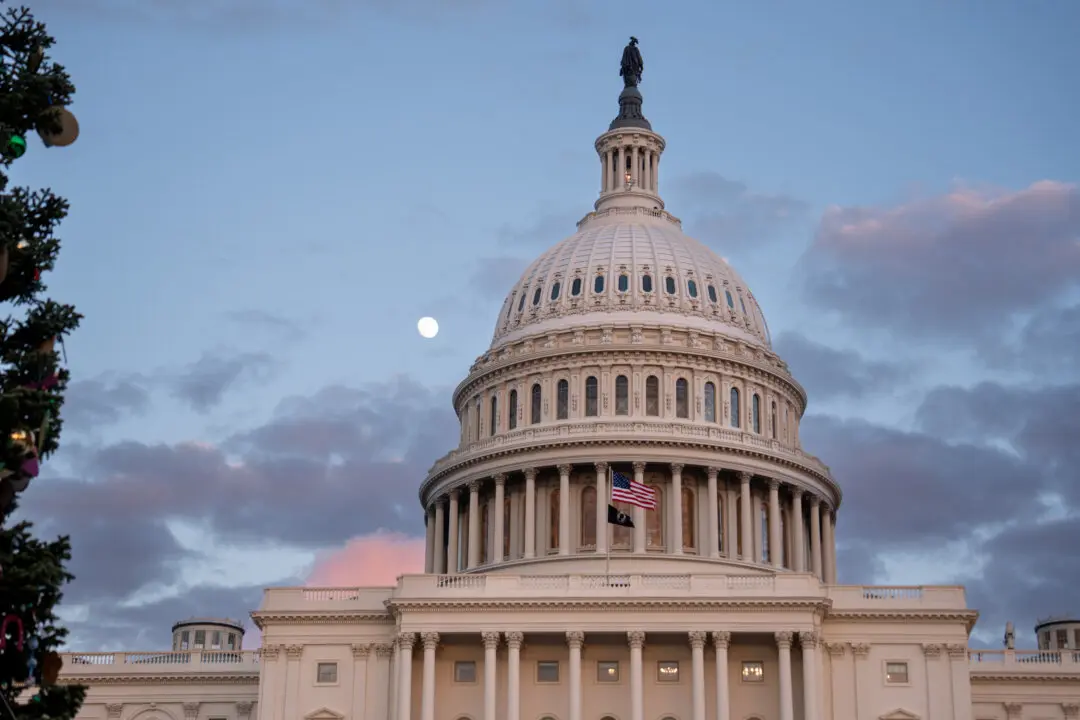Senate Majority Leader Chuck Schumer warned his constituents in New York about a new drug that he says could cause people’s skin to rot.
“We all know what a scourge fentanyl has been across the New York area—New York City, Long Island, all the suburbs—but now we’re seeing a new even worse type of drug being mixed with fentanyl,” Schumer said during a press conference in Manhattan on Sunday.





